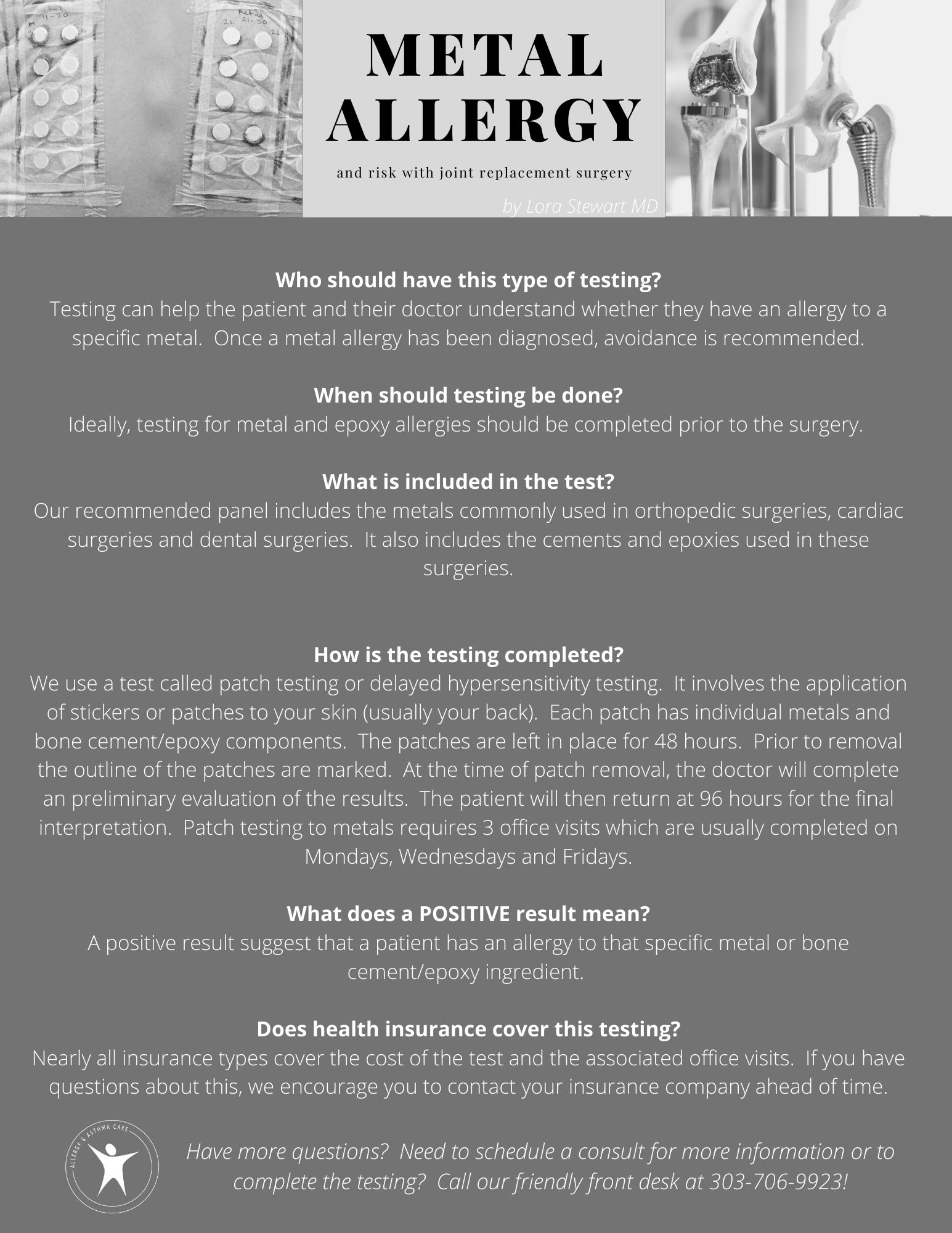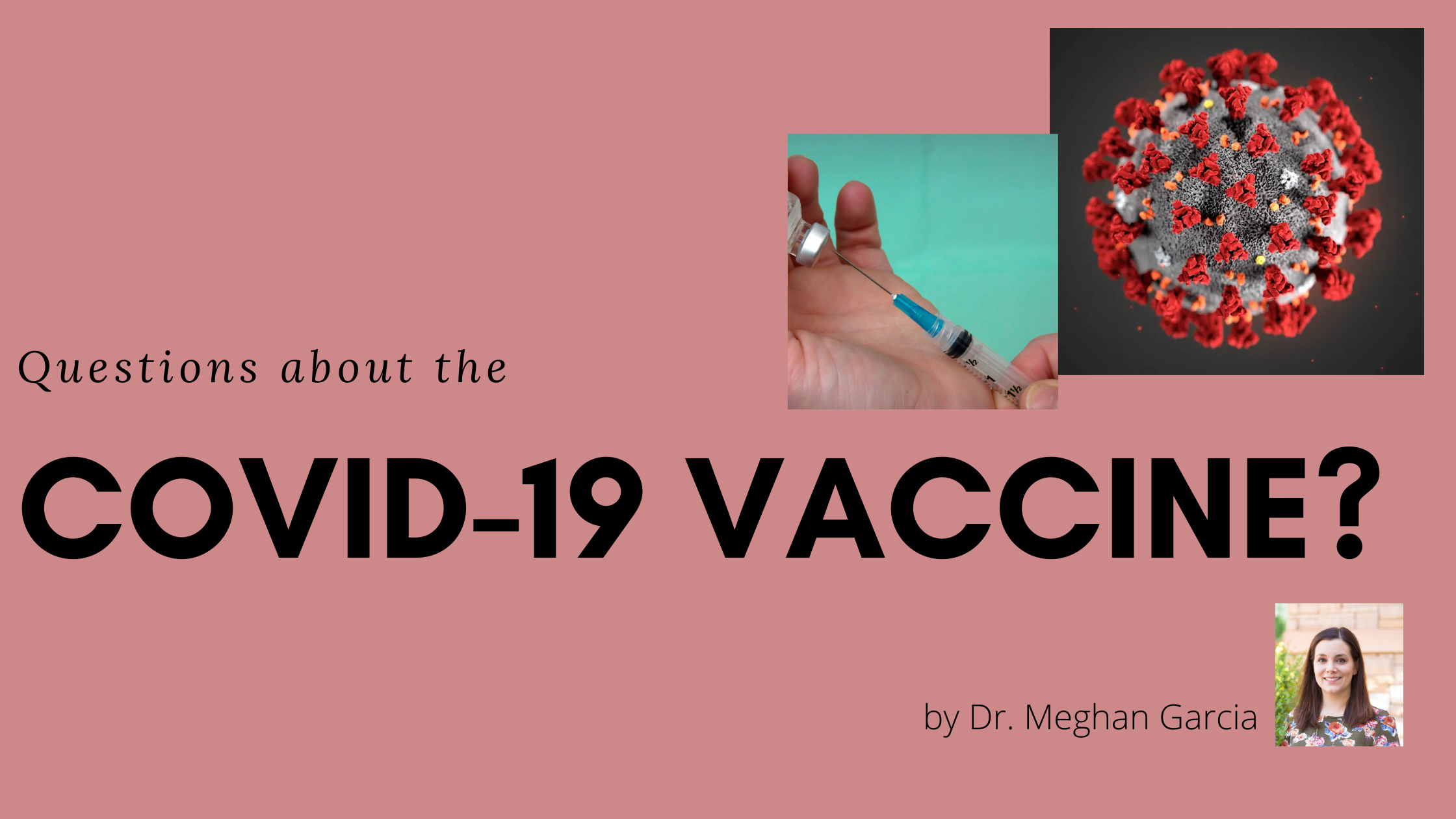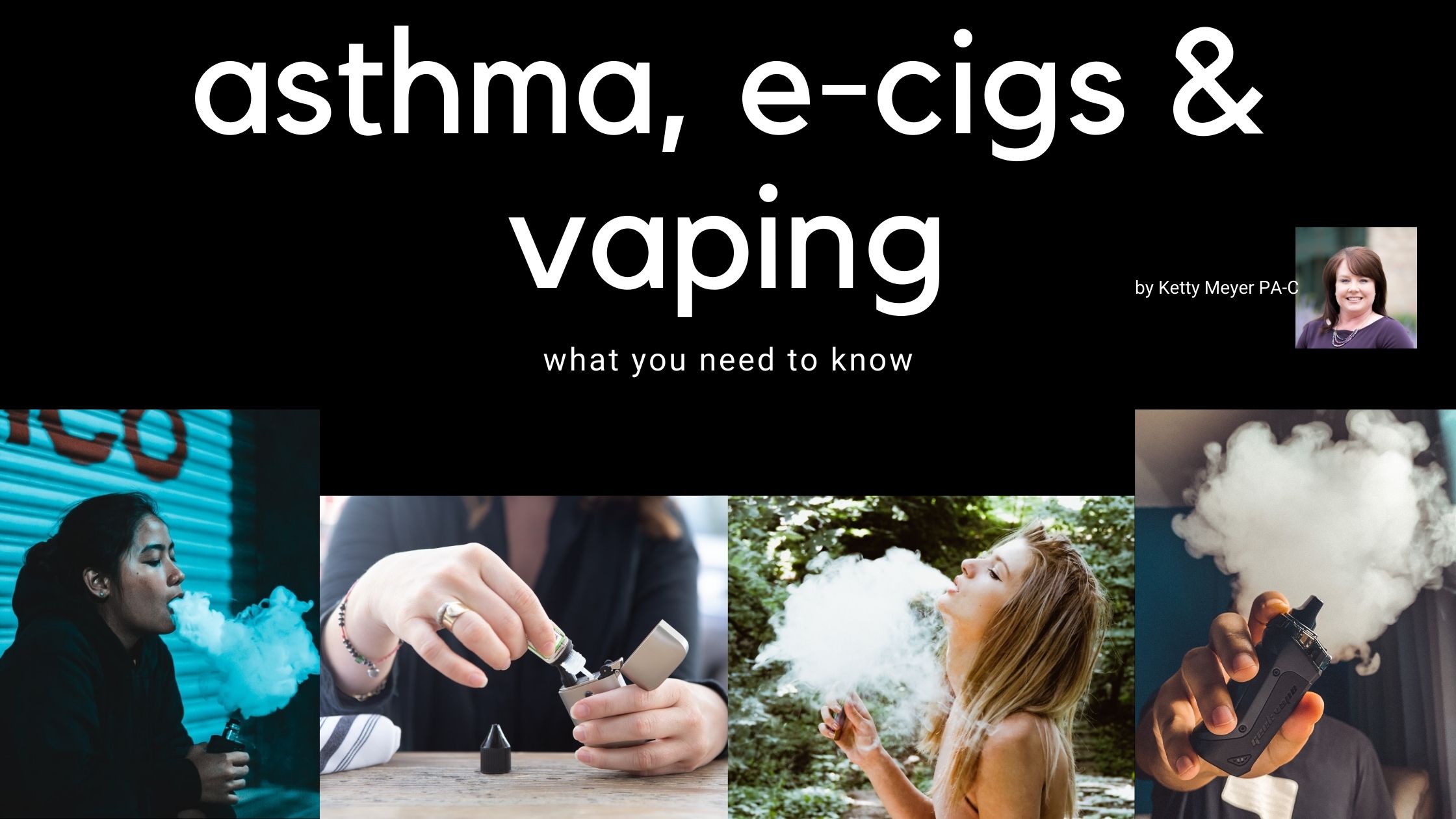

Who is eligible for the vaccine(s)?
How do the vaccines differ?
What are the most common side effects?
What about those people who had severe allergic reactions to the Pfizer vaccine?
Can I get sick from the vaccine(s)?
Who should not get the vaccine(s)?
Will I have a choice between the vaccine I get? If so which one should I choose?
Will AACPC have the vaccine(s)?
Who will be vaccinated first?
How long does protection last?
Once I have been vaccinated, can I go back to “normal”?
I have already had COVID-19 infection, should I still get the vaccine?
Resources:
https://www.cdc.gov/vaccines/covid-19/index.html
https://covid19.colorado.gov/vaccine

What is an E-cigarette
Electronic cigarettes (e-cigarettes) first entered the United States market in 2006 and were originally marketed as a tool for traditional cigarette users to use as a harm-reduction product and aid in smoking cessation. Since that time, they have gained popularity in a wide variety of users, including adolescents and individuals who had never smoked cigarettes. E-cigarettes are electronic devices that consist of a power source, heating element and reservoir for the e-liquid. The e-liquid in typically made of 3 components which include a solvent in the form of glycerin or propylene glycol, flavoring and nicotine. In an e-cigarette, this liquid is heated and an aerosol is produced which is inhaled and exhaled or “vaped”. E-cigarettes come in a variety of shapes and sizes and range from looking like regular cigarettes, pipes to USB flash drives and pens.
E-cigarette safety
Unfortunately the safety of e-cigarettes when it comes to long-term health effects is largely unknown. While the solvents and flavors used in e-cigarettes are generally safe for oral consumption, the safety of these once aerosolized in unknown. Chemicals found in aerosols of e-cigarettes are known toxins or carcinogens and include formaldehyde, acetaldehyde, acetone, acrolein, benzene, toluene, and metals including nickel, copper, zinc, tin, lead, chromium, manganese, arsenic. In vitro and animal studies have found evidence of cell damage, cell death, inflammation and impaired ability to fight bacterial and viral infections. It is known that nicotine is a toxic substance which raises blood pressure, increases heart rate and risk for cardiovascular disease.
E-cigarette use and adolescents
There has been a steady increase in e-cigarette use in middle and high school adolescents over the past decade. Based on the 2020 National Youth Tobacco Survey, 19.6% of high school students and 4.7% of middle school students reported current use of e-cigarettes. Nicotine does have effects on the adolescent brain and can alter attention, learning, mood, impulse control and future addiction tendencies. JUUL is a popular brand of e-cigarette in this age group and contains a high level of nicotine. A single JUUL pod contains as much nicotine as 20 cigarettes as it uses nicotine salts which allows high levels of nicotine to be inhaled with less irritation. Many adolescents who use e-cigarettes report respiratory symptoms including cough and phlegm production and have an increased prevalence of asthma and chronic bronchitis. It is unknown whether this is due to chronic airway inflammation or increased susceptibility to infection. Some to the chemicals and flavors in e-cigarettes are known to be associated with respiratory disease and irritation.
Asthma and e-cigarettes
The safety of use of e-cigarettes is asthma patient’s remains unclear. There is some data from a large federal government telephone survey of adults. This data was analyzed and results were published in the BMC Pulmonary Medicine. It was found that approximately 11% of e-cigarette uses reported having asthma as compared with 8% in those who had never used. People who were current e-cigarette users were 39% more likely to self-report having asthma when compared to non-users. Individuals who used e-cigarettes some days were 31% more likely and daily users 73% more likely to report asthma when compared to non-users. The same data was analyzed and published in the American Journal of Preventative Medicine and similar numbers were found for chronic bronchitis, emphysema and COPD. The data appears to be even worse for individual who smoke traditional cigarettes and use e-cigarettes in combination.
EVALI (e-cigarette or vaping product use associated lung injury)
A serious complication of e-cigarette use is EVALI (e-cigarette or vaping product use associated lung injury). There were over 2,000 suspected cases of this severe lung disease reported by the CDC in 2019. The majority of patients had respiratory, gastrointestinal and constitutional symptoms which quickly progressed to severe acute lung injury. Asthma was reported as an underlying condition in 30% of these patients. In the majority of cases, modifications had been made to the e-liquid by the user or manufacture or both. Cannabidol, tetrahydrocannabinol (THC), medium-chain triglycerides and vitamin E acetate were often found in these cases.
Resources